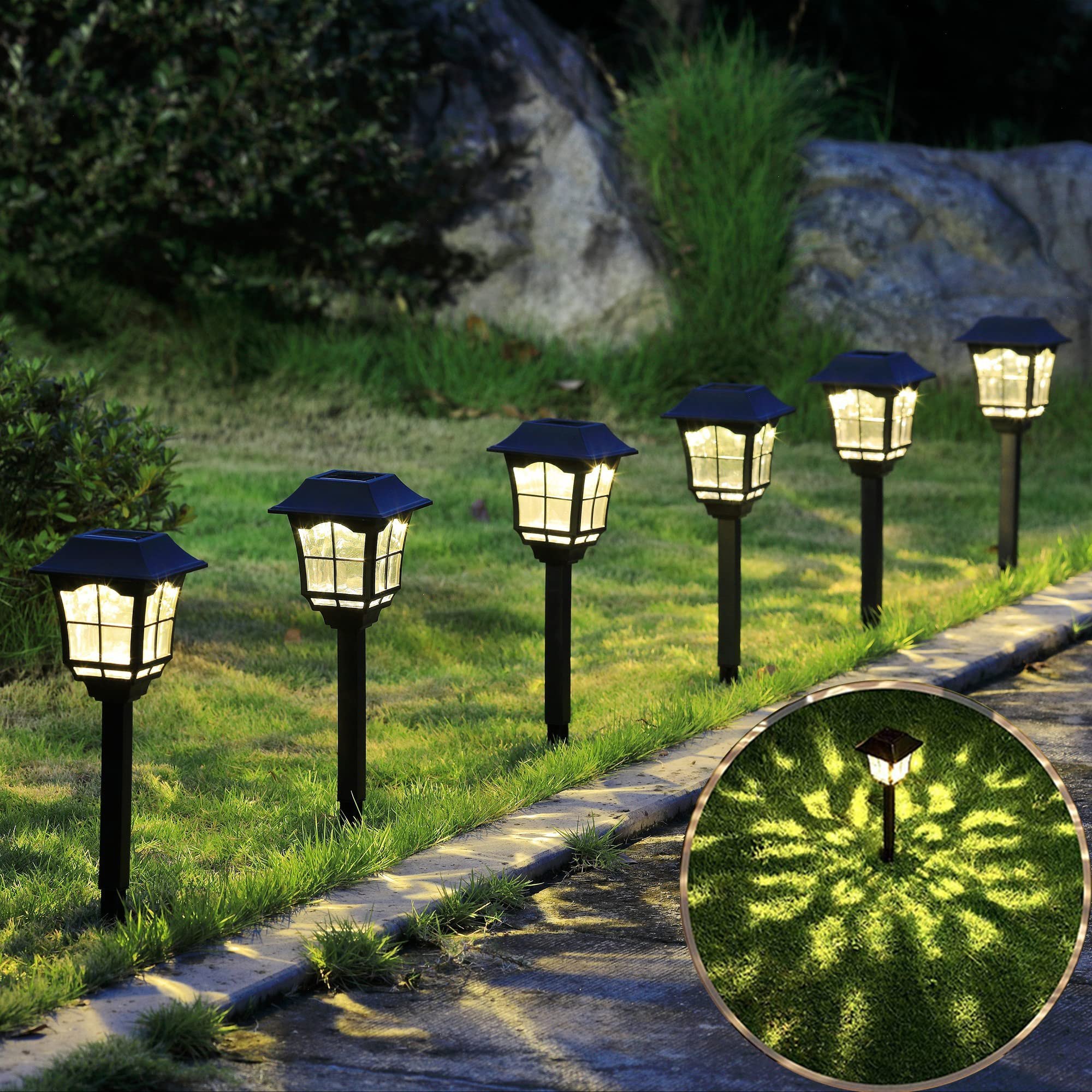Are you tired of spending too much on your monthly electricity bill? Are you looking for an alternative lighting option that can save energy and money? If yes, switching to solar lights might be the best choice for you! Solar powered lighting is becoming more popular due to its energy-saving capabilities, cost efficiency, and sustainability. In this blog post we’ll compare solar lights with traditional lighting options in terms of their cost-efficiency, so that you can make an informed decision on which one could be right for your needs.
Overview of Solar Lights and Traditional Lighting Options
Solar lights and traditional lighting options offer users varying levels of cost-effective lighting. Solar lights, for example, rely solely on the sun’s energy, making it a renewable and environmentally friendly option for outdoor lighting. Not only do they require little maintenance, but they also have no electrical wires, making them easy to install and move around. Traditional lighting options, on the other hand, are more conventional and provide a reliable source of artificial light. While they require electricity and incur monthly bills, they are still a popular option for indoor lighting as they provide improved clarity and illumination. Understanding the cost-efficiency of these two options can help users make informed decisions on which is a better fit for their needs and preferences.
Exploring Cost Differences between Solar Lights and Traditional Lighting
When it comes to illuminating our homes and streets, we tend to go for the traditional lighting methods that require electrical wiring. However, the increasing accessibility of solar-powered lighting has given us an alternative way to light up our spaces. So, which option is more cost-efficient? Well, the initial cost of installation for solar-powered lights may be higher than traditional lights. However, it is much more cost-efficient in the long run as it eliminates the need for electricity. Once installed, solar lights use sunlight to charge batteries that power the lights throughout the night, ensuring that your energy bills are not affected by lighting costs. Also, solar lights have a longer lifespan than traditional lights, thus reducing the maintenance cost. Overall, solar-powered lights are an excellent choice for people who prioritize cost efficiency and environmental friendliness while illuminating spaces.
Cost Benefits of Switching to Solar Lights
In today’s world, solar lighting has become an important part of modern living. With technological advancements, it has become possible to illuminate homes, streets, and offices with the power of the sun. Solar lights are not only environmentally friendly but also have tremendous cost benefits over traditional lighting. By switching to solar lights, you can utilize the free and abundant energy source the sun provides, decreasing your electric bills and saving on energy costs. In addition to cost savings, solar lights require minimal maintenance, making them a low-cost, long-term investment. With a growing awareness of the world’s energy crisis, it has become imperative to utilize renewable energy sources, and solar lights are leading the way in sustainable and cost-efficient lighting solutions.
Considerations for Transitioning to Solar Lights
In the quest for more sustainable and eco-friendly choices, the transition to solar lights has gained popularity, even extending to aspects like lights design for the living room. Solar lights not only contribute to a greener lifestyle but also offer a unique lighting solution for interior spaces.
When contemplating lights design for the living room, integrating solar lighting can be both aesthetically pleasing and environmentally conscious. Solar-powered fixtures come in diverse designs, ranging from chic pendant lights to stylish floor lamps. Their versatility allows for creative placement, enhancing the ambiance of your living space while reducing the ecological footprint.
Consider the strategic positioning of solar lights in areas that receive ample sunlight, ensuring optimal functionality. While initial investment costs are a consideration, the long-term savings and environmental benefits make solar lighting a worthwhile investment. Embracing lights design for the living room with solar alternatives is not just a trend; it’s a conscious choice that aligns with a sustainable and energy-efficient lifestyle.
Guiding Questions When Comparing Solar vs. Traditional Lighting Options
When deciding between solar lights and traditional lighting, it’s important to consider a few key factors in order to make an informed decision. First, consider the location and size of the area you need to light up. Are you lighting up a large outdoor space, or just a small pathway? Solar lights are best suited for smaller areas, while traditional lighting may be more efficient for larger spaces. Secondly, think about the climate in which you live. Solar lights require plenty of sunlight in order to function properly, so if you live in an area with lots of cloudy or rainy days, traditional lighting may be the better choice. Finally, take a look at your budget. While solar lights may have a higher upfront cost, they can save you money in the long run thanks to reduced electricity bills. By weighing all of these factors, you can choose the lighting option that is most cost-effective for your needs.
What Does the Future Hold for Homeowners Who Choose Solar Lightings Solutions
As the world becomes more environmentally conscious, homeowners are increasingly turning to solar lights for garden as a more cost-efficient and sustainable option. With advancements in technology and reduced production costs, solar lights have the potential to become the future of outdoor lighting options. Not only do they provide an eco-friendly and energy-saving alternative to traditional options, but they require minimal maintenance and can last for years. As solar lights continue to improve in efficiency, homeowners can look forward to brighter and longer-lasting lighting solutions that are kinder to the planet and their wallets.
Conclusion
The switch to solar lighting may be a large undertaking for many homeowners, but the cost savings and energy efficiency cannot be overlooked. Ultimately, there is no one-size-fits-all solution when considering traditional vs. solar lighting options – homeowners must weigh their long-term needs against their short-term goals. Depending on individual needs, both options could offer unique advantages that should be taken into account before any decisions are made. We encourage all homeowners to ask themselves the guiding questions presented in this blog post in order to make the most informed decision regarding the choice between solar and traditional outdoor lighting. Investing in either type of lighting system can improve your home inside and out – take a step today towards achieving a brighter and more sustainable future for you and your family!
















